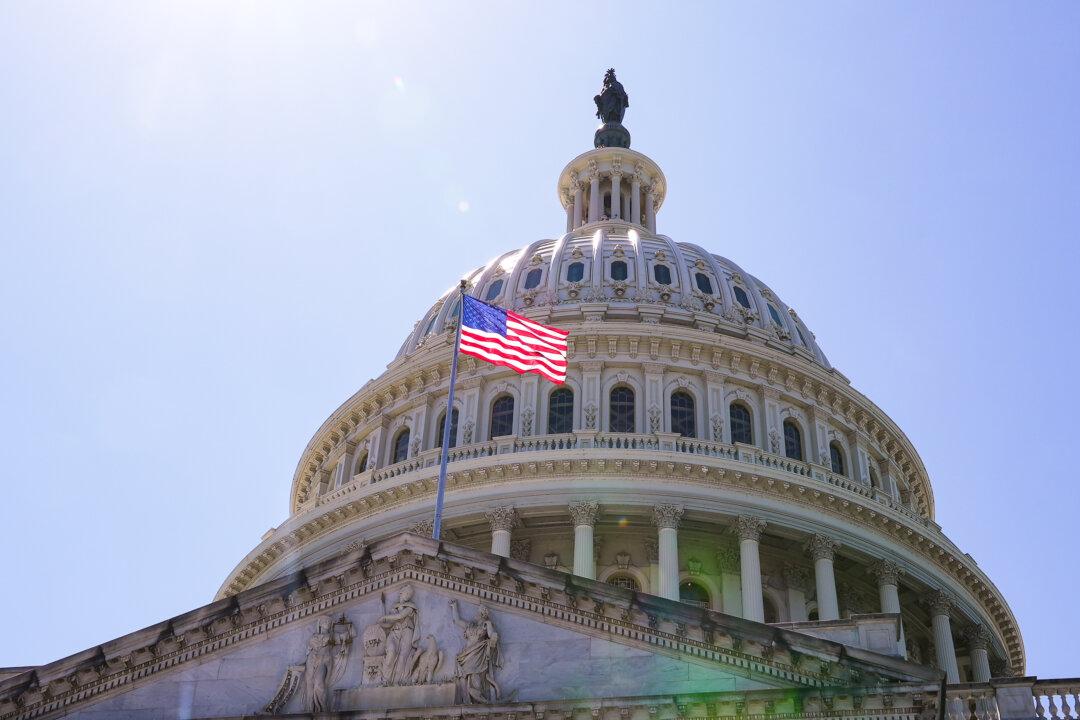Multiple Republican senators said this week that it may be difficult for President-elect Donald Trump to use recess appointments to allow for his preferred Cabinet picks to be confirmed.
Sen. John Cornyn (R-Texas), a member of the Senate Judiciary Committee, said he does not believe that the Constitution allows a president to force the Senate or House into a recess.
Sen. Mike Rounds (R-S.D.) said that “you would have to have a majority in the Senate that would agree to that” and such a maneuver “would be extremely difficult to get done.” Meanwhile, Sen. James Lankford (R-Okla.) said he does not “anticipate the Supreme Court would sustain” allowing for an extended forced Senate recess, which is needed to do the appointments.
Some Republican members of the upper congressional chamber, meanwhile, have said they believe recess appointments should not be used at all.
This week, Sen. Kevin Cramer (R-N.D.) told CNN that Trump’s first pick for attorney general, Matt Gaetz, should be confirmed the normal way—not through a recess appointment. Gaetz on Thursday dropped out of contention, and Trump named former Florida Attorney General Pam Bondi as his attorney general choice.
It should be “taken absolutely off the table, and quite honestly, any serious candidate for a Cabinet-level position” may not be willing to accept a recess appointment for their position, he said.
Earlier this month, Trump said that Republican leaders in the Senate, who will hold a majority in the chamber next year, should agree to allow recess appointments. As set up by the Constitution, the Senate holds an important role in confirming or rejecting high-level Cabinet officials, ambassadors, and judges.
It’s a part of the government’s checks and balances that ensures the president does not get to unilaterally rule. However, there is a clause in the Constitution that allows presidents to fill out their administrations while the Senate is in recess.
President Bill Clinton made 139 recess appointments and President George W. Bush made 171, according to the Congressional Research Service. President Barack Obama tried to continue the practice, using it 32 times, but a 2014 Supreme Court ruling put a check on the president’s power to make such appointments.
Neither Trump nor President Joe Biden used recess appointments while they were in office.
The Supreme Court unanimously ruled that the Senate has to recess or adjourn for 10 days before a president can make unilateral appointments. That has resulted in a practice where the Senate—even during weeks-long breaks from Washington—still holds pro-forma sessions where one senator opens and closes the chamber, but no legislative business is conducted.
The House also holds some power over recess appointments by refusing to allow the Senate to adjourn.
“But we also are not going to allow the Democrats to obstruct or block President Trump and the will of the American people,” he said.
“You have to have all Republicans vote to recess as well. So the same Republicans you mentioned who might have a problem voting for someone under regular order probably also have a problem voting to put the Senate into recess. You have to have concurrence from the House.”







